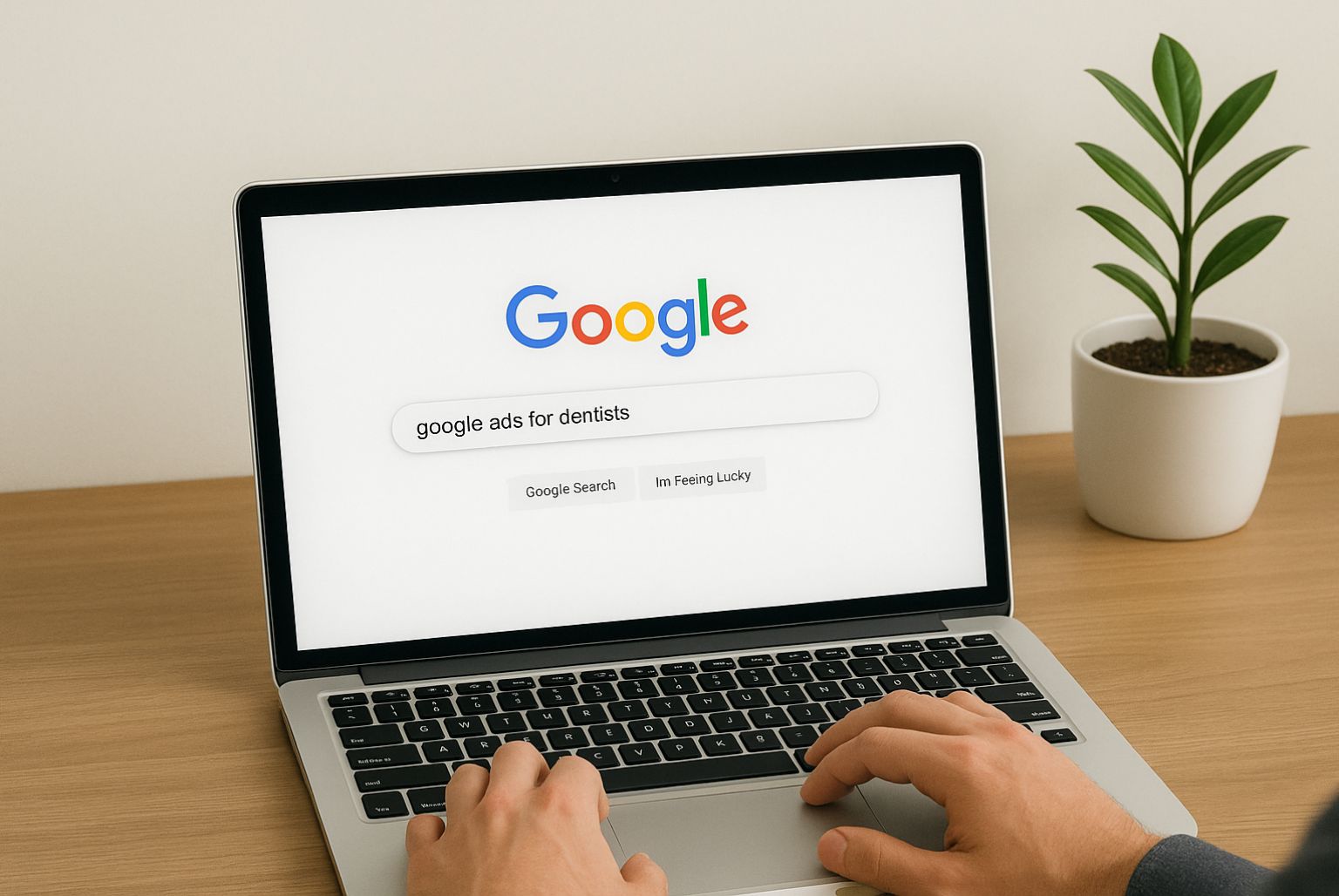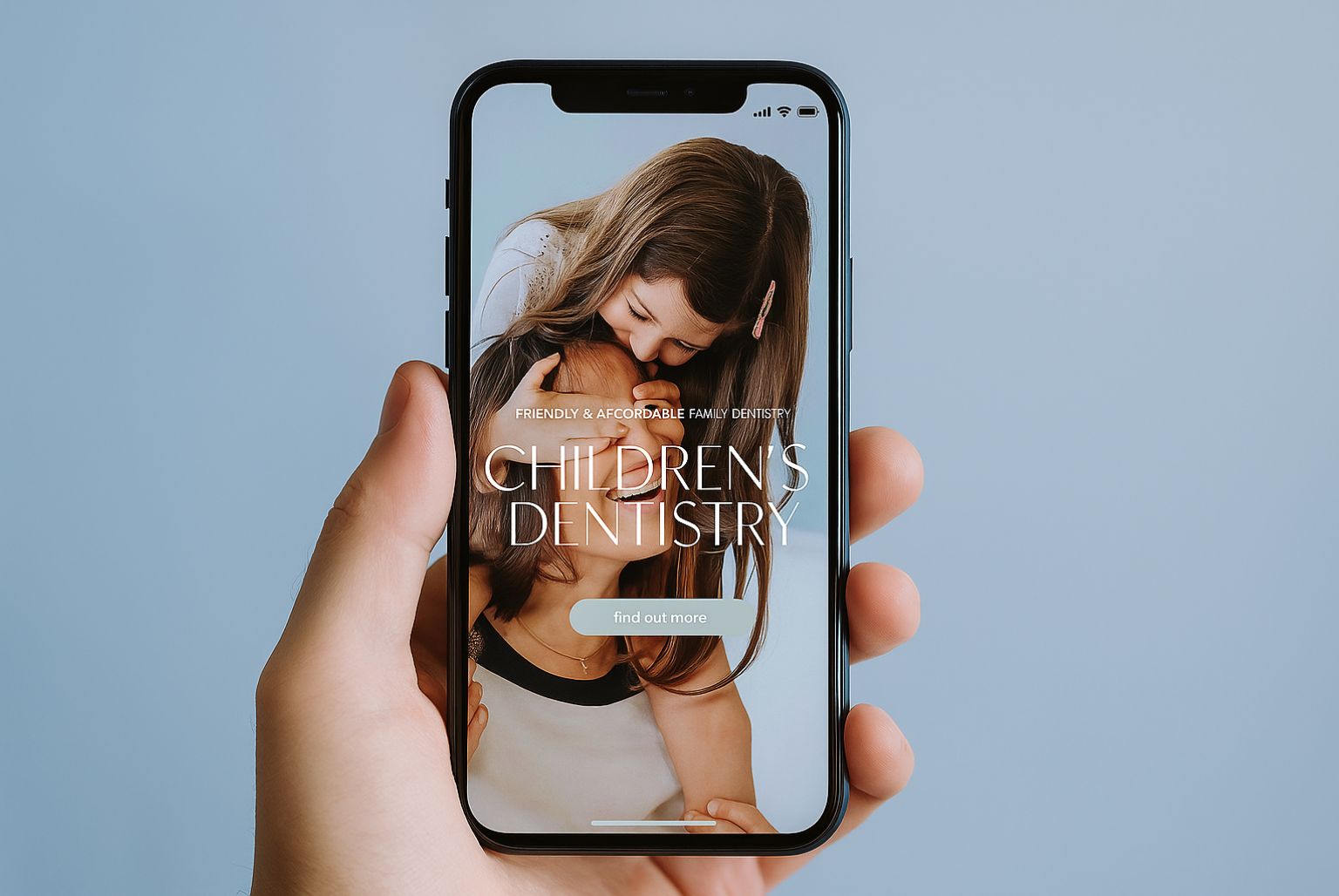As a leading digital marketing agency for the aesthetics and dental sectors, we use a variety of methods to ensure results for our clients — whether it’s boosting web traffic, increasing clicks, converting would-be customers or achieving a high ranking on Google’s search engine results pages.
As well as beautifully-designed, expertly-written and meticulously-coded websites optimised for SEO, we cover everything from blogs and social media posts to Google Ads in your digital marketing strategy. And it’s through mediums like Google Ads that we can use A/B testing to further tailor and curate your messaging, refine your offer and boost areas like ecommerce sales and consultations for treatments. Here’s more about A/B testing and why you should be using it as part of your digital marketing strategy.
So, what is A/B testing?
Put simply, a/b testing, or also known as split testing, is way to test which version of an offer or message performs best. You’ll see which one is more successful with your client or patient base — or prospective leads — and can use its data to fine-tune your campaign without spending more than you need to (both time and money).
Why is A/B testing important?
It’s hugely insightful and unbiased, and can help inform your current strategy, as well as future ones. It generates important data that can help you with everything from better understanding your customers to improving their experience (such as reducing bounce rates) and streamlines the conversion process.
Where can I use A/B testing?
It’s great for Google Ads, as we’ve mentioned, but you can also use it for emails, pop-ups, specific web pages, or even across your entire website copy. Best of all, you can use it to combine the best bits of your approach to help ensure success and hit your growth goals, whatever they may be.
How do I set up A/B testing?
There are a few easy steps to follow.
1. You’ll first need to craft two versions of an asset, a ”control” and a ”variant”. Just like it sounds, the variant has a single change, which could be altering physical aspects like the wording of the headline, changing a colour of a button or moving the positioning of a graphic. Or, it could be something more abstract — like the location you’re targeting. Bear in mind that A/B testing needs to run simultaneously for accurate reporting, to eliminate variables that could affect your results (for instance, running one at night and the other in the day).
2. Next, set a time period to collect data on which has the better conversion rates — say, two weeks.
3. Finally, launch through a testing tool. In most cases, the platform you’re using will have this built-in as a feature, such as Facebook Ads for social or MailChimp for email.
4. At the end of the test period, you’ll have lots of information to process about which asset was the most successful.
What should I consider in my A/B test?
We’ve already touched on some of the areas you can manipulate, but here are the most common:
– Copy, such as the headline, body copy, field/form copy and the ‘call to action’, usually a button or link that tells the customer what to do next (for example, ‘click here’). Often, the headline and CTA are the most important aspects.
– Graphic elements, covering illustrations, stock imagery, photographs, icons and more. Pay particular attention to the featured images here.
– General factors, like the size, colour and placement of each element, is also important.
Is it possible to test more than one element?
Yes, of course — this is called multivariate testing. However, this can make the data more difficult to analyse, so you’ll have to factor in how to segment and compile it. It might be wise to start with A/B testing, move onto A/B/C testing, and then branch off from there.
What’s my next step?
As digital marketing specialists, we can take the hard work — and the guess work — out of all things online. From setting up your test, to feeding back on the data, and even drawing up a brand new strategy, we can handle every element of your marketing to give you measurable results. Contact our team today on 01159 140640 to find out more, or visit our contact page for details.




